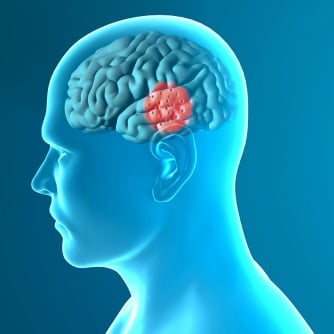Parkinson’s disease affects the neurological functioning of the brain. Researchers are unsure of the causes or underlying mechanisms associated with the disease, but it has been speculated that it is a production of oxidative stress. “As yet we don’t know the causes for Parkinson’s. However, iron-mediated oxidative stress has been proposed as a potential pathomechanism,” said Julio Acosta-Cabronero, researcher at Nestor’s lab at the DZNE’s Magdeburg site and lead author of the present study. “For this reason, we looked for ways of mapping iron levels in the whole brain. This has not been done before in Parkinson’s. To date, iron analysis was limited to specific regions.”
Iron is a necessary, indispensable substance the body needs. It is noticeable and traceable in proteins, enzymes and red blood cells. On the flip side, iron can also be potentially harmful as it has the potential to trigger production of reacitve molecular species that could lead to “oxidative stress” thus causing damage to neurons.
The DZNE researchers combined forces with colleagues from the University Magdeburg’s neurology department. Working together, they studied the brains of 25 people with Parkinson’s and 50 healthy subjects, employing QSM (Quantitative Susceptibility Mapping) – a special MRI technique. QSM was recently developed and like conventional MRI is non-invasive, relying on a combination of magnetic fields, electromagnetic waves and analysis software to produce images of the insides of the human body. QSM does not discard the raw data that MRI usually does though, and as a result can probe a magnetic parameter indicating metallic presence. “QSM shows how magnetic susceptibility varies across the brain. In our study, this is mainly caused by local variations in iron concentration. The bottom line is that we are mapping the spatial distribution of iron in the brain,” Acosta-Cabronero explains.
Professor Peter Nestor, lead researcher, states that “MRI in neurodegenerative diseases has mostly focused on measuring the degeneration itself, meanwhile we know extremely little about its causes. We hope that by probing with new approaches such as whole-brain QSM, we may be able to get clues to the mechanisms of disease,” By matching the brain scans of patients and healthy controls the team was able to pinpoint pathological changes. “In Parkinson’s patients we found excess iron, as expected from previous studies, in the substantia nigra but also in extensive areas of the neocortex,” said Nestor.
On the other hand, the standard MRI did not show significant variables between healthy participants and those with Parkinson’s. Nestor stated that “There is a region in the lower brain called dentate nucleus, which is normally iron rich. Yet, our whole-brain approach indicated decreased iron content in this area in Parkinson’s patients – extremely so in some individuals – highlighting how this method can open new avenues of investigation in Parkinson’s disease.”
Nestor believes that this approach may be suitable for clinical routine “QSM relies on measurement data that standard MRI does not make use of. However, most clinical scanners would in principle be able to acquire and save this information for further processing. Therefore, whole-brain maps that reflect the landscape of magnetic susceptibility could potentially serve as biomarkers for disease. In other words: QSM might help to improve the diagnosis of Parkinson’s and related disorders.”




